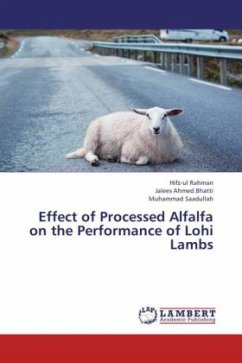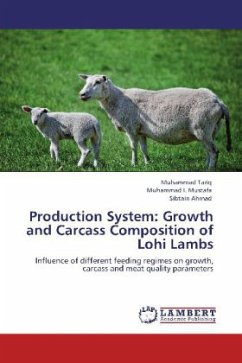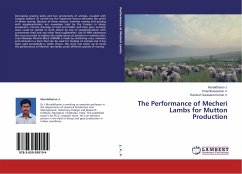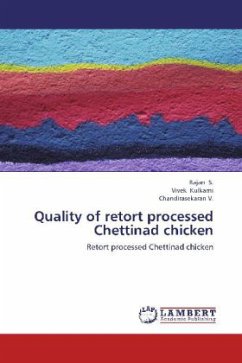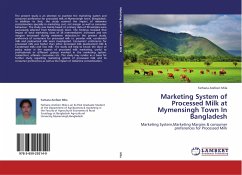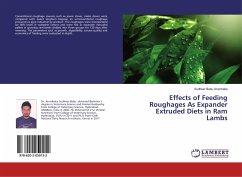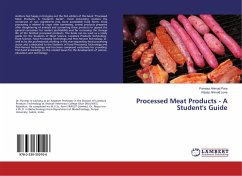Pelleting of hay and other feeds for ruminants is developing rapidly as a new method of preparation for livestock feed. Intake of pelleted diet is greater than same diet in unpelleted form. Increased gain and improved feed efficiency is observed from pelleting feeds for lambs. Improved performance on pellets has been recorded that was largely due to increased feed consumption; when equal amounts of pellets or meal were fed. Pelleting of lamb fattening rations is a popular means of minimizing feed wastage and increasing the feed efficiency. Pelleting does not greatly change the nutritive value but improves palatability and forces the lambs to eat the grain and roughage in the proportions put into the pellet, thus controlling the concentrate and roughage ratio. Rations which include poor quality roughage when pelleted give larger, more efficient gains. Pelleted feeds, particularly roughages, can be self-fed more efficiently and can be handled with less cost than unpelleted feeds because they are heavier per cubic foot and because they can be handled in bulk with machinery more easily than unpelleted feeds.
Bitte wählen Sie Ihr Anliegen aus.
Rechnungen
Retourenschein anfordern
Bestellstatus
Storno

